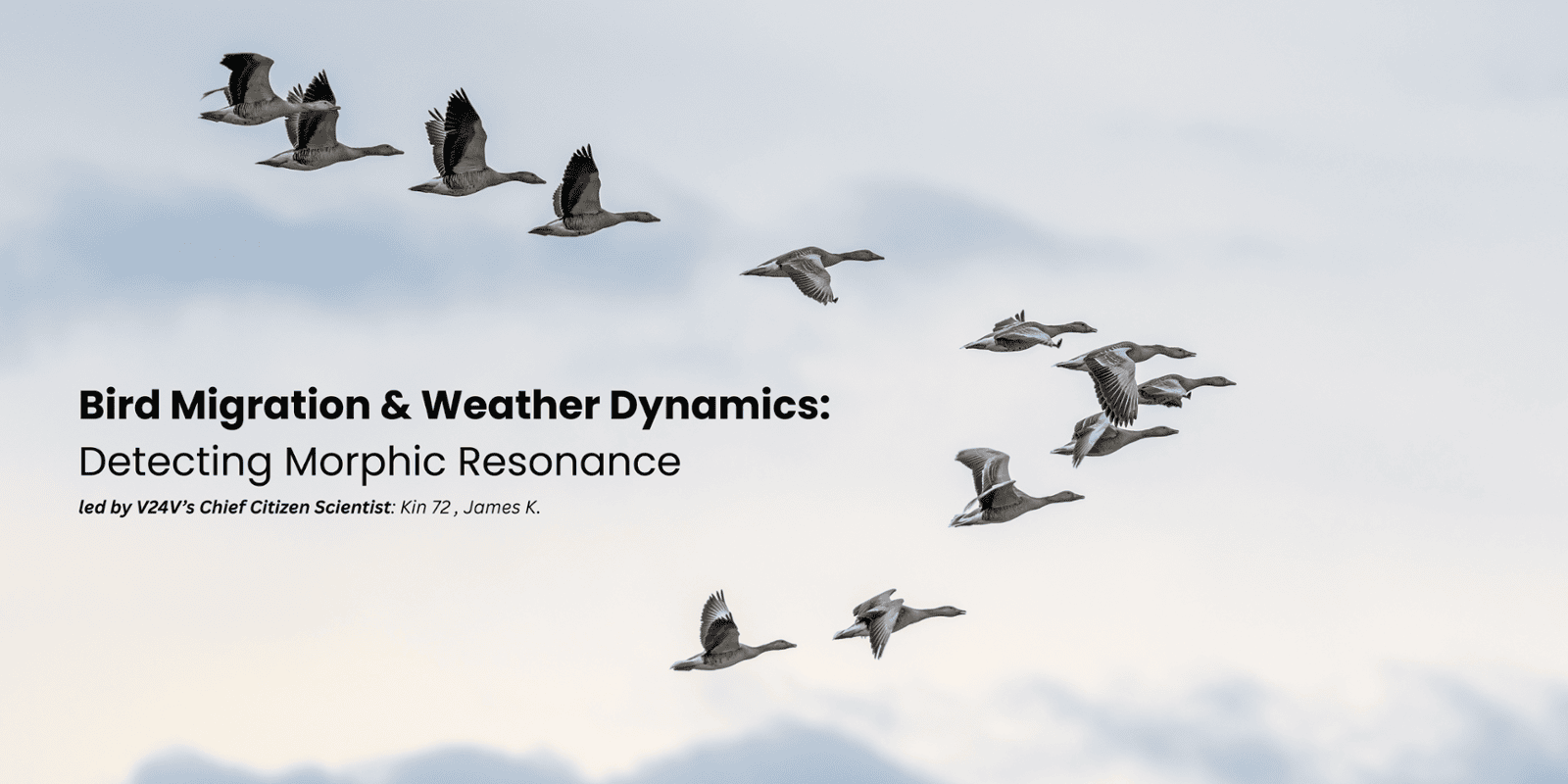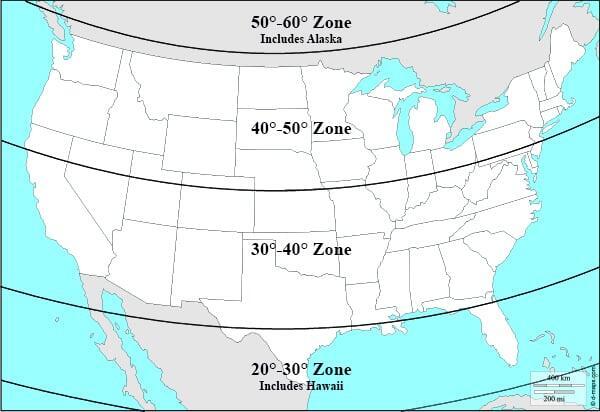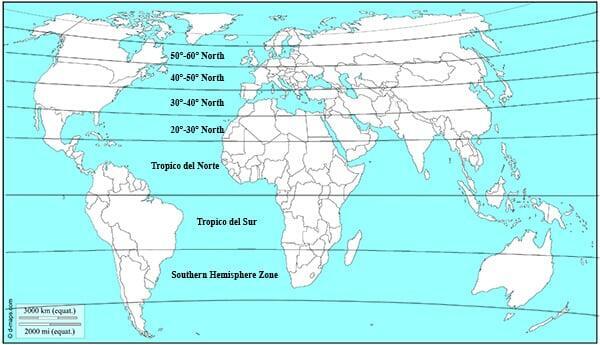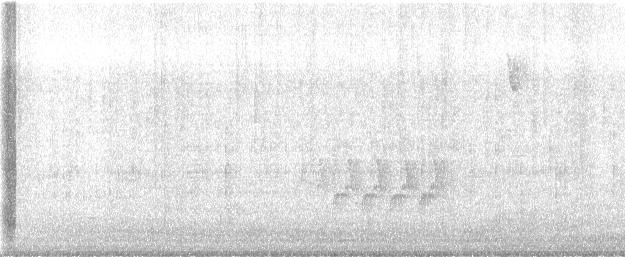Bird Migration & Weather Dynamics:
Detecting Morphic Resonance
Project Plan
Phase 1: Prepare Watch Crew for Observations
The What_
A team of 10 to 30 volunteers from across North America between 35 and 50-degrees north latitude will watch the seasonal bird migrations southward. V24V's Chief Citizen Scientist, Kin 72, will utilize weather data, including current weather observations, maps and forecasts from global weather models to predict when large migrations are most likely to occur based on the anticipated weather patterns. Kin 72 and V24V's GeoCulture AlphaNode will notify volunteers of the time period to be on the lookout.
The Who_
V24V's Chief Citizen Scientist, Bird Enthusiasts, School-Age Children & Retirees
Phase 2: Gather Bird Communication Data, Flight Departure Times, Dates and Locations
The What_
Volunteers will share their data via an online form which will document the species type, date, time and location of the migration. Each volunteer is encouraged to take photos and videos to help with bird identification.
The Tools_
Binoculars, cellphone, special camera or other photography gear
The When_
Morning, noon, and early evening between Friday, September 19, 2025 and Sunday, September 21, 2025 (Silio 2.28 to Seli 3.2 )
Phase 3: Analysis of Collected Data Identifying Morphic Resonant Patterns and Correlations
The What & The Why_
Once data collection from bird migration sightings is complete, the data will be grouped together by species and each group will be separately analyzed. Then, locations and times of the documented migrations will be analyzed against the corresponding weather conditions: barometric pressure and its rate of change, temperature, temperature advection, dew point temperature and frontal passages.
This analysis is intended to detect morphic resonance between the natural intelligence within bird biology and surrounding, non-energetic information fields.
Phase 4: Write Research Paper
The What, The Who & The Why_
Following the findings and non-findings from the analysis, a research paper will be written by a group of V24V Energizers:
- Chief Citizen Scientist, Kin 72
- Chief Creative Directress, Kin 142
- Biosphere Researcher, Kin 90
For inquiries about this research or additional details on how your school's science class can participate, email hello@velatropa24ventures.art




